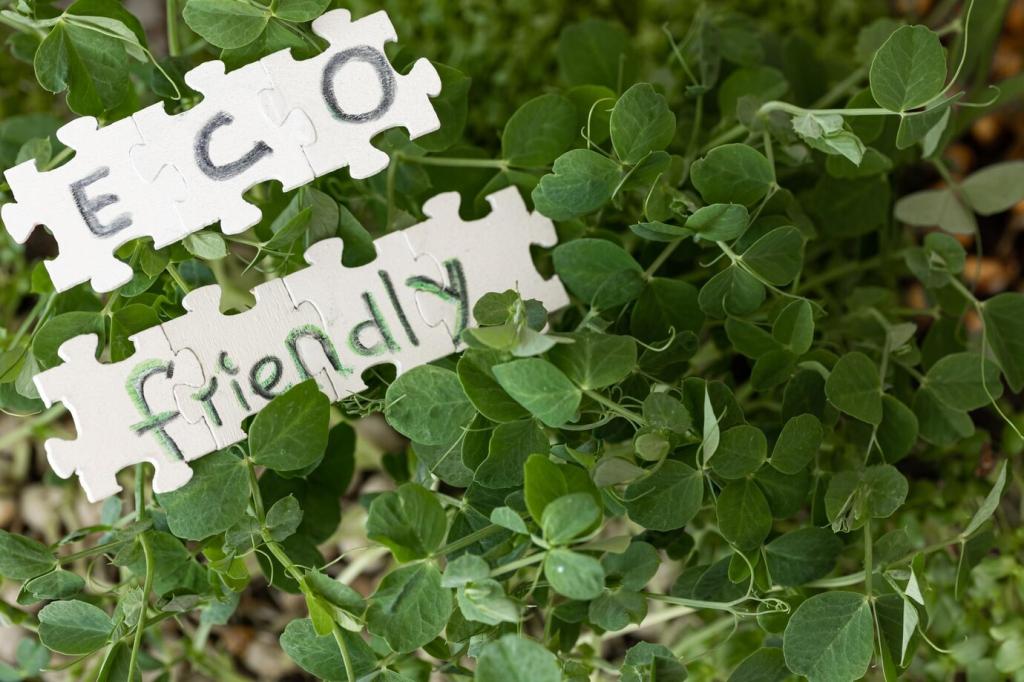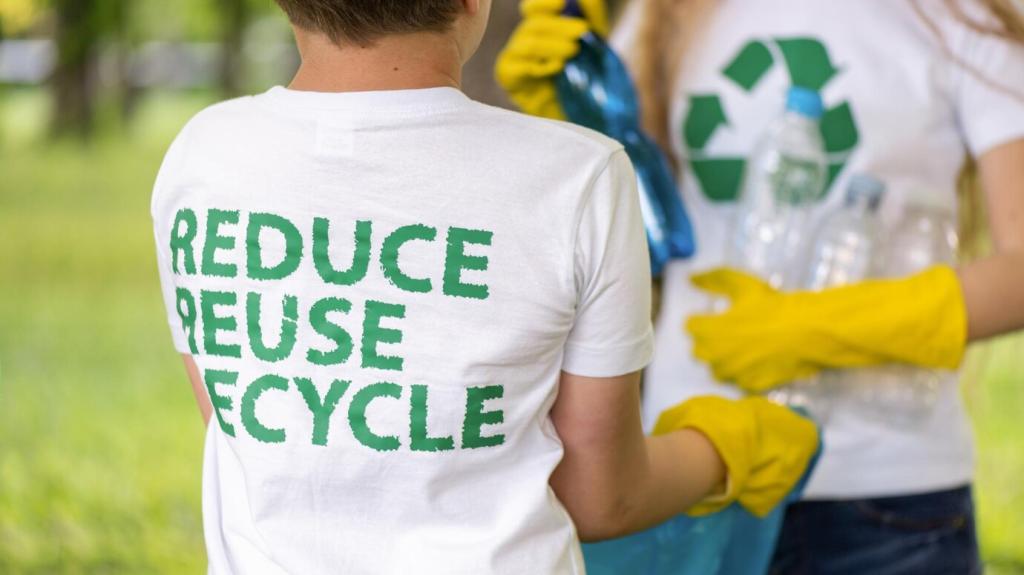Why Renewable Materials Matter in Furniture
Bamboo matures rapidly, often in just a few years, delivering exceptional strength with minimal land pressure. Cork is harvested from bark without felling trees, then regrows. Both materials pair beautifully with low-tox finishes and respond well to gentle, moisture-conscious cleaning practices.
Why Renewable Materials Matter in Furniture
Renewable furniture shines across its lifespan: responsibly grown feedstocks, efficient processing, and repairable construction. When you maintain surfaces with mild soaps and soft cloths, finishes last longer, reducing replacement frequency and landfill load while preserving the patina that gives rooms warmth.






